Cycling / GOW30 / Innovation
Cycling Infrastructure on the Costa Blanca
Our colleague from the Dutch team, Alex Roedoe, recently spent some time working from Spain’s Costa Blanca and, being a mobility specialist, couldn’t help but notice some things about the cycling environment there. He tells us more in this article.
Earlier this year, I was given the opportunity to work remotely as an advisor at Mobycon from Spain for 6 weeks. As a cycling enthusiast, this was, of course, a great opportunity to enjoy the excellent cycling climate and, in the meantime, continue working on Dutch mobility projects together with my colleagues.
While cycling in the Costa Blanca, you will notice all kinds of things that are different from the Netherlands.
The Costa Blanca: A Popular Destination
The region around Dénia and Calpe is a popular winter destination for (semi-)professional cyclists, so it may not represent the rest of Spain. However, seeing how cyclists are treated in traffic here is encouraging.
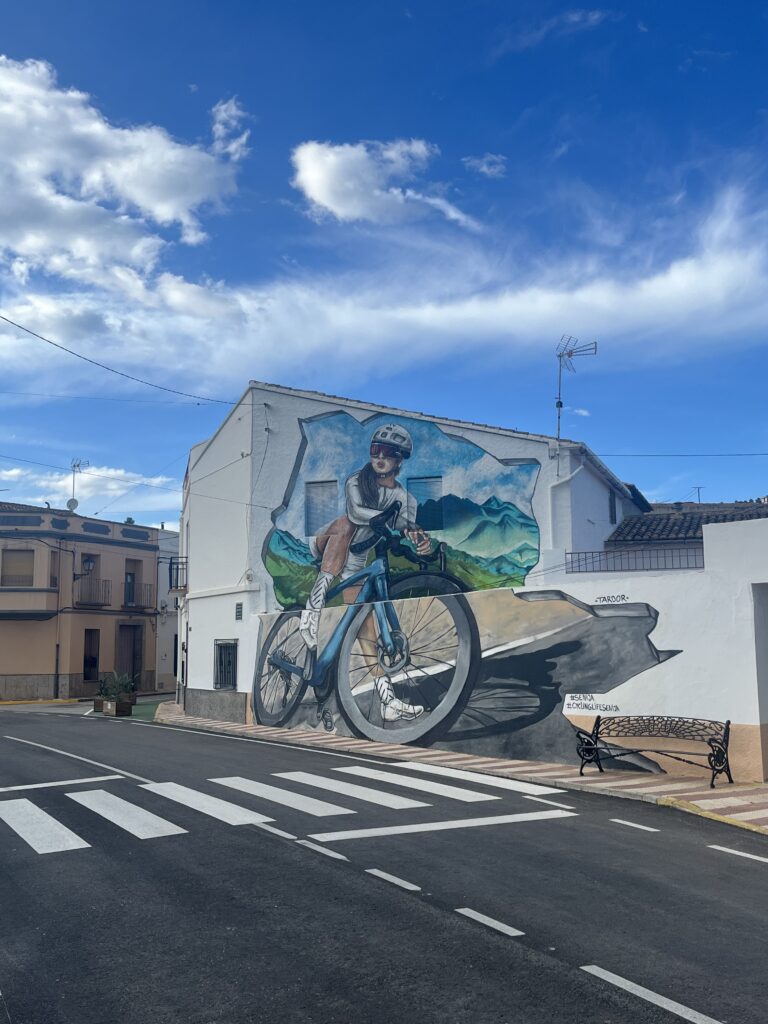
Disadvantages for the Cyclist
Spain lacks a strong cycling tradition. This means you end up cycling (and walking) on the road almost everywhere. When cycle paths exist, they are often incredibly narrow, and you must yield at every side street and driveway (!). Two-way cycle paths as narrow as 1.5 to 2 meters are not uncommon.
The hilly and mountainous terrain makes rainwater drainage important. Deep drainage channels directly next to the asphalt provide an unforgiving verge for cyclists (and cars). You don’t want to think about accidentally leaving the asphalt, because the consequences are severe. The maintenance also differs from what we are used to in the Netherlands. Well-maintained roads alternate with lousy road surfaces with large holes, so you must always be alert, especially as a cyclist.
The applicable speed limits are rarely apparent from the road design. All roads are paved and marked with a center (axis) and edge line, but within built-up areas, speed limits range from 20 to 70 km/h and change so frequently that keeping track is challenging. A feature adverse to road safety.
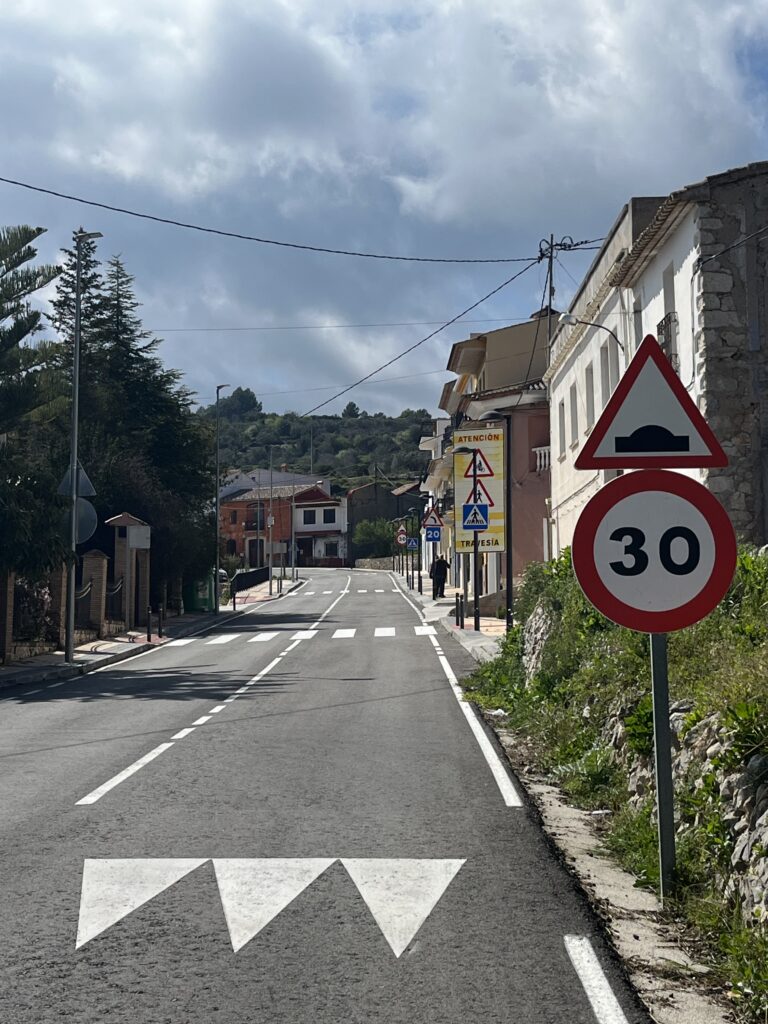
So far, these are some of the aspects that are less well-organized than in the Netherlands. There are many more examples, but that would go beyond the scope here. Are there also things that are better for cyclists in Spain? Absolutely!
1.5 Meters Legally Required
Since there are few designated cycling facilities, road users are more accustomed to sharing the road with cyclists, pedestrians, and e-scooters. This is entirely accepted. Motorists are often highly cautious when overtaking cyclists. They wait patiently behind cyclists until it’s truly safe to pass. This may be due to clear communication about the presence of cyclists and the minimum required passing distance.
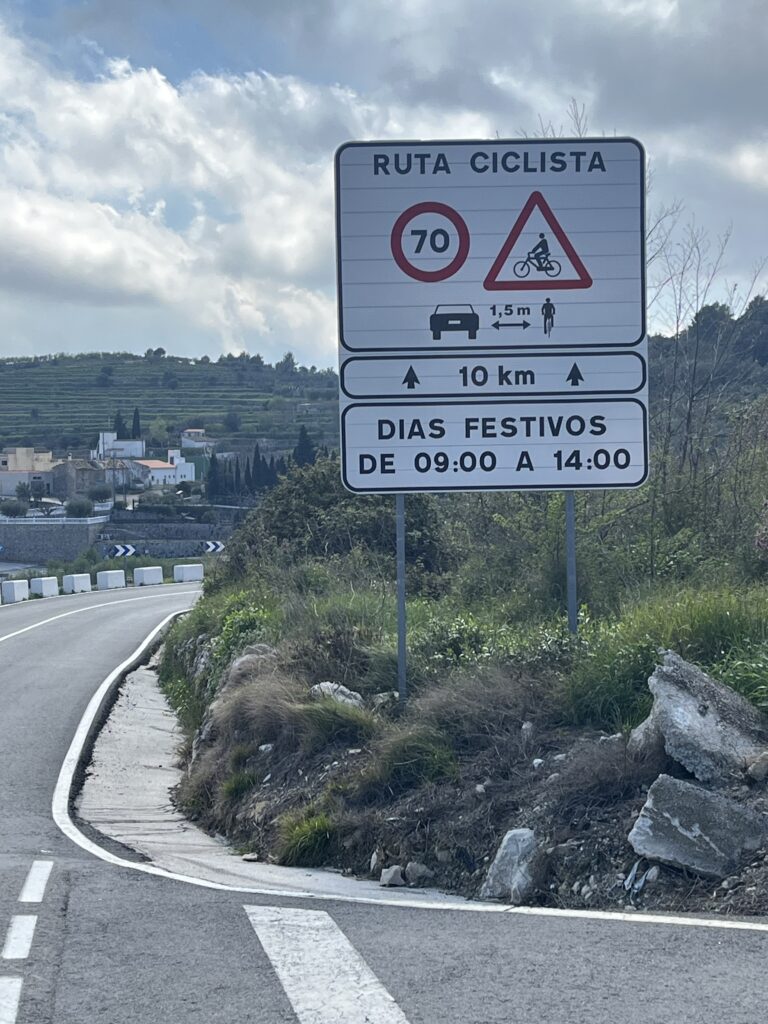
The law requires motorists to maintain a minimum passing distance of 1.5 meters when overtaking cyclists inside and outside built-up areas. This applies both inside and outside built-up areas. Drivers can even cross solid lines and use the other side of the road, as long as it is safe. Violators of the 1.5 meter rule can face fines and penalty points on their driving license. Both the attitude of motorists towards cyclists and the 1.5-meter distance rule are things that we could take as an example in the Netherlands.
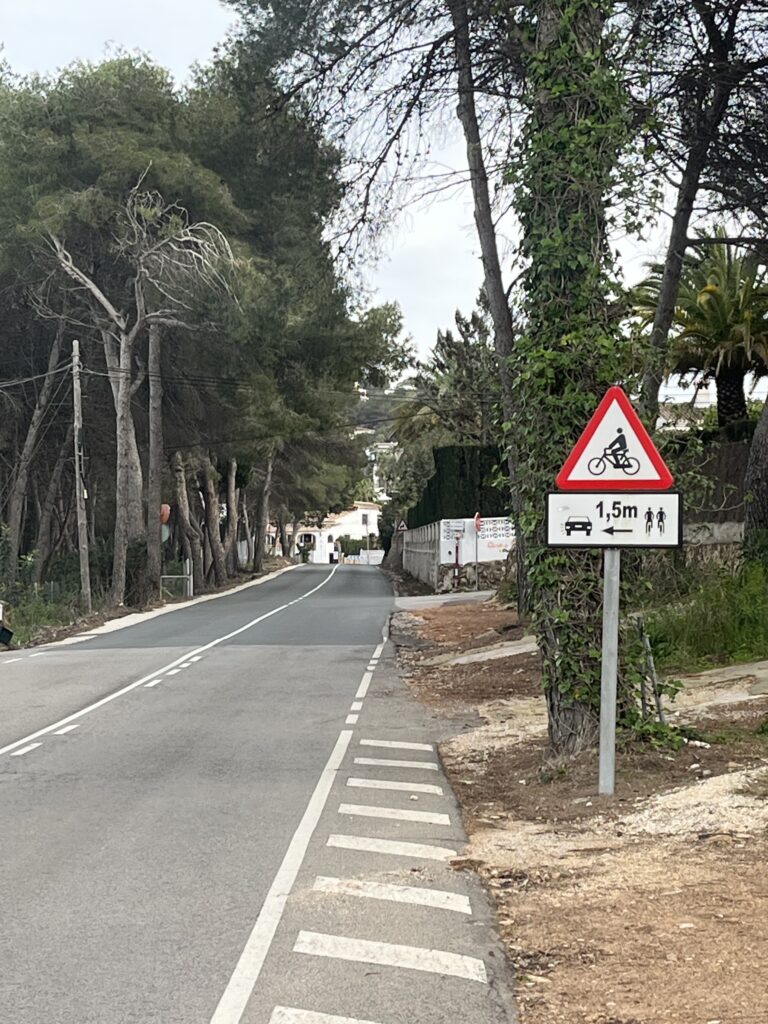
Cycle Paths Are Not Mandatory
Another striking difference is that if there are cycle paths, using them is not mandatory for cyclists. The cycle paths are not signposted and do not have the ‘mandatory cycle path’ status as we know it in the Netherlands. In practice, this means more relaxed cyclists—like beachgoers, children, and the elderly—tend to use the cycle paths, while faster users such as road cyclists, e-bikers, and e-scooter riders stay on the roadway. This is accepted as usual.
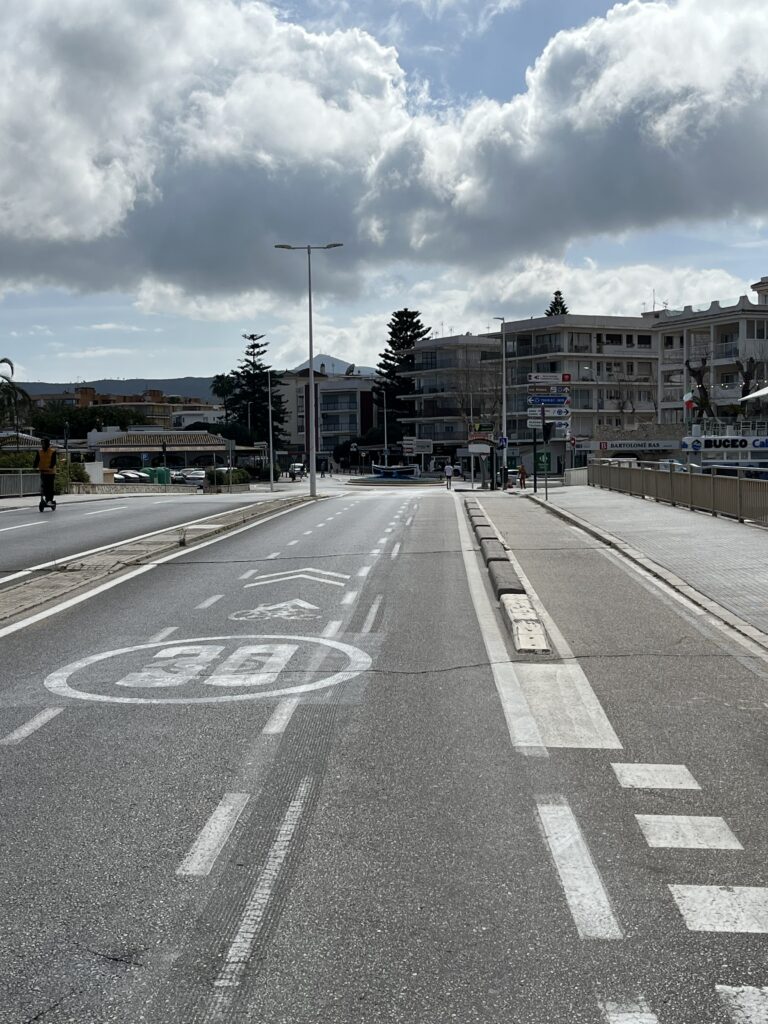
Freedom of Choice
As a cyclist, I never experienced the pressure of being ‘honked’ off the roadway by motorists. This freedom of choice is delightful and, in some cases, even highlighted by the presence of cycle lanes on the roadway alongside a separate cycle path. We do not (yet) know this principle in the Netherlands, but it would fit perfectly on ETW30 or GOW30 roads where cycle paths already exist. In the Netherlands, we already use signage to distinguish between ‘mandatory’ and ‘non-mandatory’ cycle paths. Creating this additional space for cyclists on the roadway could solve the increased congestion on mandatory cycle paths, contributing to the mobility transition in Dutch cities and villages.
After 6 weeks of cycling in Spain, it is clear that cycling infrastructure is generally better organized for cyclists in the Netherlands. However, we can undoubtedly learn from Spain about giving cyclists more space and freedom on the road.
Are you interested in a job that helps make cycling safer and more accessible around the world? Check out our Dutch vacancies here!

